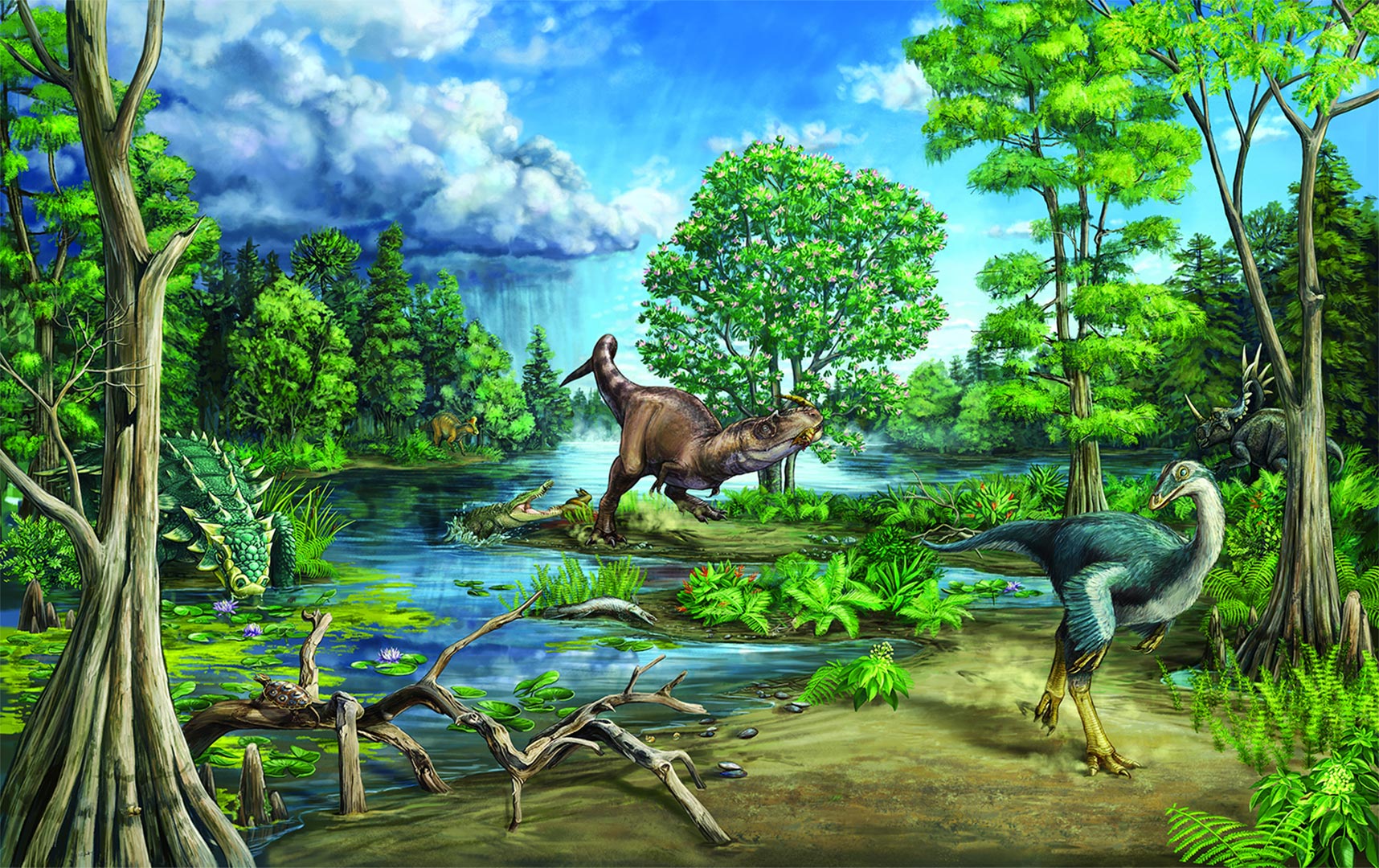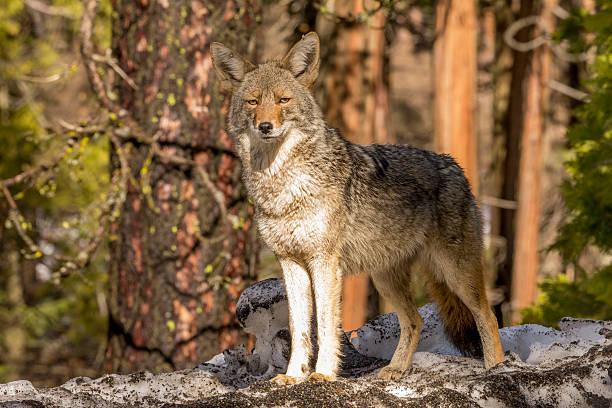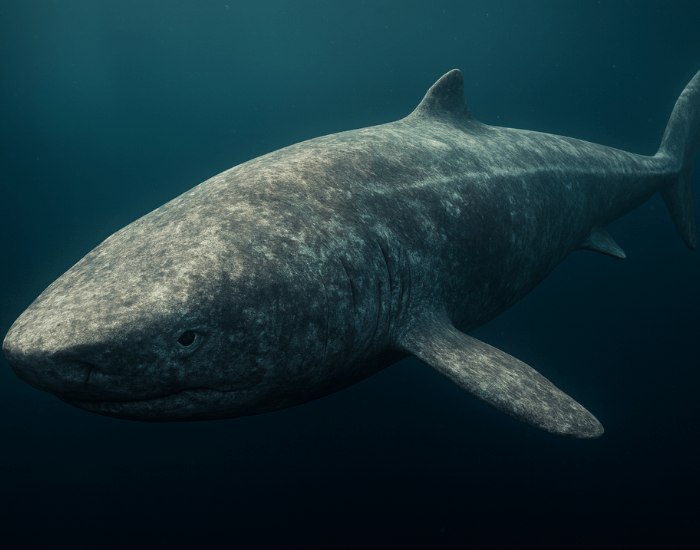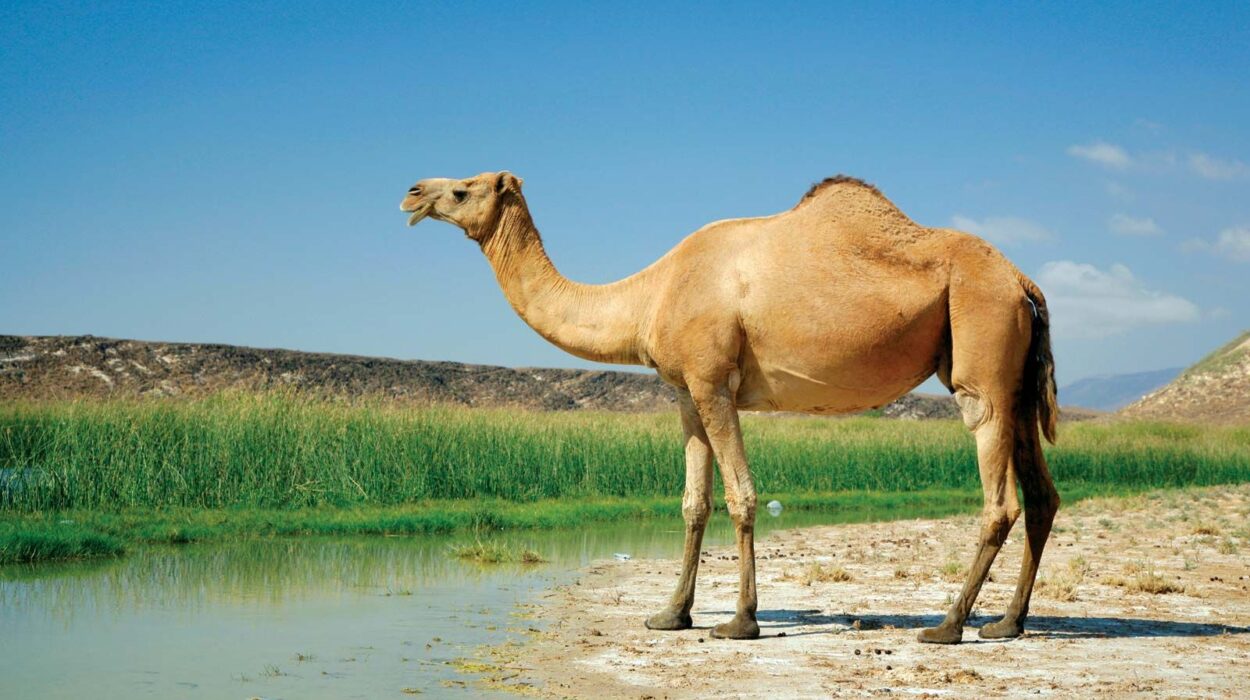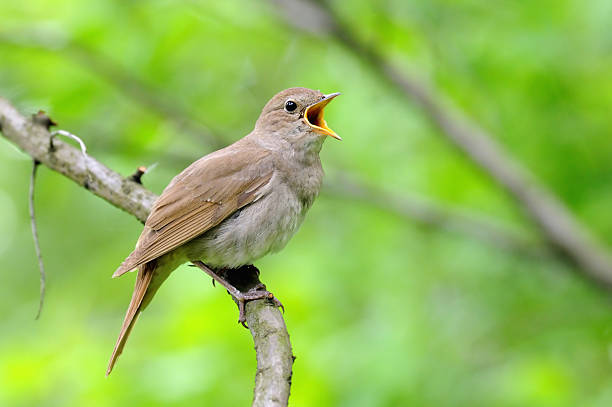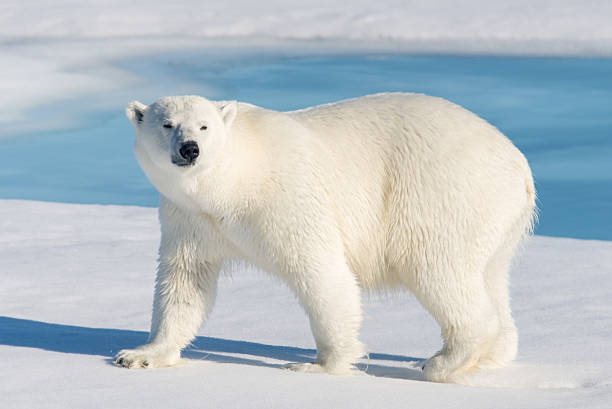Life on Earth has existed for billions of years, constantly changing through cycles of evolution, adaptation, and extinction. Extinction is not new—it is a natural part of life’s history. Species emerge, thrive, and disappear over geological timescales. However, what is unfolding in the modern era is profoundly different. The current rate of extinction is far beyond the natural background rate. Scientists across the world now warn that Earth is undergoing a “sixth mass extinction,” a crisis caused not by natural events such as asteroid impacts or volcanic eruptions, but by the activities of a single species: humans.
The disappearance of species today is happening at a pace that is tens to hundreds of times faster than at any other point in recent history. Forests, coral reefs, grasslands, and polar ice habitats—once teeming with life—are vanishing or being transformed at alarming rates. From elephants and rhinos to frogs, bees, and tiny microorganisms, species across all kingdoms are facing unprecedented threats. Understanding why so many species are going extinct requires looking at a combination of ecological, environmental, and social factors that together form one of the most complex challenges humanity has ever faced.
The Natural Process of Extinction
To grasp the severity of the current crisis, it is important first to understand that extinction is a natural process. Throughout Earth’s history, species have always gone extinct. Fossil records show that more than 99% of all species that ever lived are now gone. These extinctions are part of the dynamic process of evolution: new species arise through genetic variation and adaptation, while others die out when they cannot compete or adjust to changing conditions.
However, over the last 500 million years, the planet has experienced five major mass extinctions—catastrophic events that wiped out large portions of life in a relatively short time. The most famous of these is the Cretaceous–Paleogene extinction around 66 million years ago, when a massive asteroid impact and volcanic activity led to the demise of the non-avian dinosaurs. Other mass extinctions were caused by factors such as volcanic eruptions, climate shifts, and changes in ocean chemistry.
What makes the present period distinct is not the occurrence of extinction itself, but its rate and cause. Instead of being driven by natural disasters, the ongoing extinction wave is primarily caused by human actions over just a few centuries—a blink in geological time.
The Sixth Mass Extinction: A Human-Driven Crisis
The term “sixth mass extinction” has been adopted by many scientists to describe the extraordinary and accelerating loss of biodiversity caused by human influence. The evidence is overwhelming. According to the Intergovernmental Science-Policy Platform on Biodiversity and Ecosystem Services (IPBES), around one million species of plants and animals are currently at risk of extinction within the coming decades. The rate of species loss today is estimated to be up to 1,000 times greater than the natural background rate.
This crisis is not confined to one region or type of organism—it is global. Amphibians are disappearing faster than any other group, with over 40% of species threatened. Insects, which play critical roles in pollination and nutrient cycling, are declining in both diversity and abundance. Coral reefs, which support roughly a quarter of all marine life, are dying due to warming oceans and acidification. Large mammals such as elephants, tigers, and whales face pressures from poaching and habitat loss. Even microorganisms that form the foundation of ecosystems are being disrupted by pollution and climate change.
Unlike previous extinction events caused by natural forces, this one is a direct consequence of human expansion, industrialization, and consumption. The drivers are complex and interconnected—deforestation, pollution, overexploitation, invasive species, and climate change all act together to destabilize ecosystems.
Habitat Loss and Fragmentation
The single most significant driver of modern extinction is habitat destruction. As human populations have expanded and industrialized, vast areas of natural habitats have been cleared or altered for agriculture, urban development, mining, and infrastructure. Forests are felled for timber and farmland, wetlands are drained for settlements, and grasslands are plowed for crops or grazing. Each of these actions eliminates or fragments the homes of countless species.
When habitats are destroyed or divided, species lose access to the food, shelter, and breeding grounds they need to survive. Fragmentation is particularly insidious because it isolates populations, reducing genetic diversity and making them more vulnerable to disease, inbreeding, and environmental changes.
The Amazon Rainforest, often called the “lungs of the Earth,” has lost nearly 20% of its area in just a few decades due to deforestation. The forests of Indonesia and Central Africa face similar fates, driven by demand for palm oil, soy, and other commodities. These losses are not only tragic for the species that inhabit them but also catastrophic for global climate regulation, as forests act as massive carbon sinks.
Coral reefs, too, are being destroyed by both human and environmental pressures. Rising sea temperatures cause coral bleaching, where corals expel the symbiotic algae that provide them with color and nutrients. Combined with pollution, overfishing, and destructive coastal development, coral reefs are collapsing faster than they can regenerate.
Overexploitation of Species
Humans have always depended on other species for food, clothing, medicine, and materials. However, industrial-scale hunting, fishing, and harvesting have pushed many species to the brink of extinction. Overexploitation occurs when the rate of removal of a species from its environment exceeds its capacity to reproduce and recover.
In marine ecosystems, overfishing is a major driver of biodiversity loss. Many fish populations have been reduced to a fraction of their historical numbers. Tuna, cod, and shark species are heavily exploited, often through unsustainable practices such as bottom trawling and bycatch. When predator species decline, the entire food web becomes destabilized, leading to cascading effects that alter marine ecosystems globally.
On land, the illegal wildlife trade is devastating species such as elephants, rhinos, pangolins, and tigers. Poaching for ivory, horns, and exotic pets not only threatens individual species but also fuels criminal networks and undermines conservation efforts. Even legally traded wildlife, such as tropical birds and reptiles, often suffers from unsustainable capture rates.
Logging, overharvesting of medicinal plants, and excessive collection of firewood also contribute to ecosystem degradation. In many cases, local communities are forced into unsustainable practices due to poverty, lack of alternatives, or global demand for cheap natural resources.
Pollution and Chemical Contamination
Pollution is another major cause of extinction. From industrial waste to agricultural runoff, pollutants alter ecosystems and poison species. Plastics, heavy metals, pesticides, and other synthetic chemicals now contaminate virtually every environment on Earth—from mountain peaks to ocean trenches.
Pesticides and fertilizers, widely used in industrial agriculture, wash into rivers and coastal waters, creating toxic conditions and dead zones where oxygen levels are too low for marine life to survive. Microplastics are found in the stomachs of fish, birds, and even plankton, disrupting feeding and reproduction. Many species suffer from bioaccumulation, where toxins become concentrated as they move up the food chain, eventually affecting top predators such as eagles, orcas, and humans.
Air pollution also has devastating effects on biodiversity. Acid rain, caused by industrial emissions of sulfur and nitrogen compounds, damages forests and freshwater ecosystems. Greenhouse gases like carbon dioxide and methane not only warm the planet but also acidify the oceans, making it harder for shellfish, corals, and some plankton to form their skeletons.
Pollution does not act in isolation—it interacts with other threats such as habitat loss and climate change, creating multiple stressors that compound the risk of extinction.
Climate Change: The Great Accelerator
Climate change is perhaps the most far-reaching and dangerous driver of extinction in the 21st century. Human-induced global warming is altering temperature and precipitation patterns, melting ice sheets, raising sea levels, and intensifying storms and droughts. Every ecosystem on Earth is affected, from tropical rainforests to the polar regions.
Species evolved to thrive in specific environmental conditions. When those conditions shift too rapidly, many cannot adapt or migrate quickly enough. Arctic animals such as polar bears and walruses are losing their sea-ice habitats. Mountain species are forced to move uphill as temperatures rise, only to find their habitats shrinking. Coral reefs are bleaching and dying as oceans warm, while amphibians in tropical regions succumb to fungal diseases worsened by changing climates.
Climate change also affects food availability and reproduction. Plants are blooming earlier, migratory birds are arriving before or after their food sources peak, and ocean currents that once supported fisheries are shifting. These mismatches create a cascade of disruptions across ecosystems.
Furthermore, extreme weather events—wildfires, floods, hurricanes, and droughts—are becoming more frequent and severe. Such events can wipe out local populations, destroy critical breeding grounds, and alter landscapes for decades.
Invasive Species and Biological Invasions
The movement of species beyond their natural ranges, often due to human trade and travel, has introduced countless non-native species into new environments. Some of these species become invasive, meaning they outcompete native organisms, disrupt ecosystems, and spread disease.
Invasive species are among the top causes of extinction, particularly on islands where native species have evolved without natural predators or competitors. Rats, cats, and snakes introduced by humans have decimated bird populations in places like Hawaii and Guam. In aquatic systems, zebra mussels, lionfish, and Asian carp have transformed food webs and displaced native species.
The spread of invasive plants can also alter soil chemistry, fire cycles, and hydrology, reshaping entire ecosystems. Controlling these invasions is challenging and often costly, as they can reproduce rapidly and adapt to new conditions.
Disease and Pathogen Spread
Emerging diseases are another major factor driving species declines. Globalization, habitat disturbance, and climate change have increased the transmission of pathogens among wildlife, livestock, and humans. The chytrid fungus, for instance, has wiped out hundreds of amphibian species across the world, making it one of the most devastating wildlife diseases ever recorded.
Diseases spread more easily when animals are stressed by pollution, overcrowding, or habitat loss. Deforestation brings wildlife into closer contact with humans and domestic animals, creating new pathways for pathogens to jump between species. The ongoing COVID-19 pandemic has highlighted the dangers of disrupting natural ecosystems, as it is believed to have originated from wildlife.
The Role of Economic and Social Systems
The extinction crisis cannot be fully understood without recognizing the role of human economic and social systems. The global economy is built on continuous growth and resource extraction, often at the expense of the natural world. Forests are cleared for cash crops, oceans are overfished for profit, and fossil fuels are burned to sustain industrial expansion.
Consumer demand in wealthy nations drives much of this destruction. Products such as beef, soy, palm oil, and minerals are traded globally, often sourced from regions where environmental regulations are weak. This creates a cycle of exploitation in which biodiversity-rich countries bear the environmental costs of global consumption.
Poverty and inequality also play a role. In many developing regions, people depend directly on natural resources for survival. Without access to education, technology, or sustainable alternatives, communities are forced to exploit forests, fisheries, and wildlife unsustainably. Addressing extinction, therefore, requires not only conservation but also social and economic justice.
The Importance of Biodiversity
Biodiversity—the variety of life on Earth—is the foundation of ecosystem stability and resilience. Each species plays a role, whether as a pollinator, predator, decomposer, or food source for others. When species disappear, ecosystems lose their balance, reducing their ability to provide essential services such as clean water, fertile soil, and climate regulation.
Humans depend on biodiversity for survival. It provides food, medicine, building materials, and cultural inspiration. The genetic diversity of crops and livestock is crucial for food security, allowing adaptation to pests and changing climates. Medicinal compounds derived from plants, fungi, and animals form the basis of many modern drugs.
The loss of biodiversity also has psychological and cultural costs. Many indigenous peoples have deep spiritual and practical connections to the natural world. When ecosystems collapse, traditional knowledge, languages, and identities are often lost with them.
The Ethical Dimension
Beyond utility, the extinction crisis raises profound ethical questions. Do humans have the right to drive other species to extinction? Should our economic growth outweigh the survival of entire ecosystems? Many philosophers and conservationists argue that other forms of life have intrinsic value, independent of their usefulness to humans.
This perspective, known as ecocentrism, challenges the human-centered view that dominates modern civilization. It calls for a shift in consciousness—an understanding that humanity is part of the web of life, not separate from it. Recognizing the moral responsibility to protect other species is essential for building a sustainable future.
Conservation Efforts and Success Stories
Despite the grim reality, there are also reasons for hope. Conservation efforts worldwide have prevented many extinctions and restored ecosystems. Protected areas now cover around 17% of Earth’s land surface and 8% of its oceans, though experts emphasize that much more is needed.
Captive breeding programs have successfully brought species like the California condor, Arabian oryx, and black-footed ferret back from the brink. Reforestation, habitat restoration, and community-based conservation projects are reviving degraded landscapes and empowering local people.
International agreements such as the Convention on Biological Diversity and the CITES treaty regulate wildlife trade and promote sustainable practices. Technological innovations—satellite monitoring, genetic sequencing, and artificial intelligence—are enhancing conservation planning and tracking illegal activities.
However, conservation must go beyond isolated efforts. It requires systemic changes to energy systems, agriculture, and consumption patterns. Protecting species also means addressing climate change, reducing inequality, and reshaping the global economy to value ecological health.
The Future of Life on Earth
The coming decades will determine whether humanity can halt or reverse the sixth mass extinction. Scientists warn that we are approaching critical tipping points beyond which ecosystems may not recover. Yet the future is not predetermined. The same ingenuity that created the crisis can also solve it—if applied with wisdom, compassion, and urgency.
Transitioning to renewable energy, reducing waste, protecting forests, and transforming food systems are essential steps. Education and awareness can shift cultural values toward sustainability and respect for all forms of life. By conserving biodiversity, we preserve not only the richness of the natural world but also the foundation of our own survival.
Conclusion
The extinction crisis is one of the defining challenges of our time. It reveals the deep interconnectedness of all life and the consequences of ignoring that bond. The loss of species is not just a tragedy for the animals and plants that vanish—it is a warning for humanity itself.
Every extinction weakens the intricate web that sustains the planet. But within this crisis lies a choice: to continue down a path of destruction or to renew our relationship with the Earth. The outcome will depend on our collective will to change, to act, and to honor the diversity of life that has shared this planet with us for billions of years.
If humanity chooses to protect rather than destroy, the story of the sixth mass extinction may yet become one of renewal—a moment when we rediscovered the meaning of coexistence and the value of every living being on Earth.
